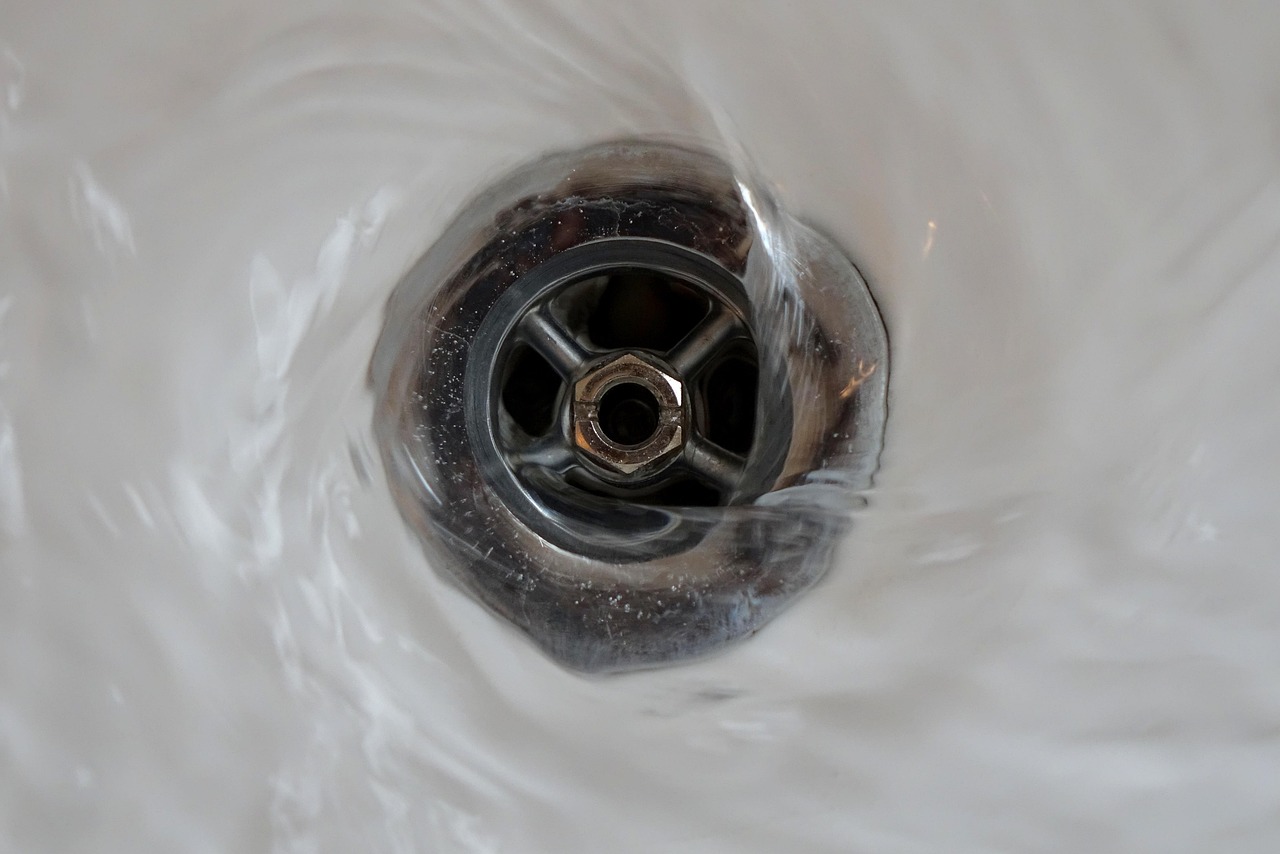A drain inspection camera is a specialized tool used to see inside pipes and drains that are otherwise inaccessible. It helps identify blockages, leaks, and damage without the need for invasive digging or disassembly. This technology allows for accurate diagnosis and efficient maintenance of plumbing systems.
Professionals and homeowners alike rely on these cameras to save time and reduce repair costs. By providing real-time visuals of the internal condition of drains, it prevents guesswork and unnecessary disruption. Understanding how a drain inspection camera works can improve the approach to plumbing issues.
Understanding Drain Inspection Cameras
Drain inspection cameras provide a visual method to examine pipes and drains without excavation. They use specialized technology to navigate through tight spaces and deliver real-time images.
How Drain Cameras Work
Drain inspection cameras are designed to travel inside pipes using a flexible cable. The camera head captures video or still images as it moves through the drain.
The device typically connects to a monitor or mobile device, allowing the user to observe blockages, cracks, or damage. It helps identify issues without guesswork.
The lighting system, often LED-based, illuminates dark pipe interiors. The camera lens and sensor capture high-resolution footage for clear inspection.
Key Components and Features
Most drain cameras include:
- Camera head: Waterproof and small, usually 1-2 inches in diameter.
- Flexible cable: Length varies, usually between 50 to 300 feet.
- Lighting: LED lights surrounding the lens.
- Monitor or display: Often an LCD screen with video playback.
- Reel or spool: For cable storage and deployment.
- Control unit: Allows adjusting brightness, recording, and sometimes steering.
Some units provide features like wireless transmission, USB connectivity, and location tracking to pinpoint precise damage spots.
Choosing the Right Drain Inspection Camera
Selecting a drain inspection camera involves understanding the available types, key features to consider, and common scenarios where these tools are used. This helps in matching the camera’s capabilities to specific needs and environments.
Types of Drain Inspection Cameras
There are three main types of drain inspection cameras: push rod cameras, crawler cameras, and handheld cameras.
Push rod cameras are the most common and feature a flexible cable with a waterproof camera at the end. They are suitable for pipes ranging from 1.5 to 8 inches in diameter.
Crawler cameras are motorized and used for larger pipes, usually over 8 inches. They offer better maneuverability but are more expensive and heavier.
Handheld cameras provide a simple option for quick inspections of small or easily accessible drains but have limited range and flexibility compared to other types.
Important Selection Criteria
Key factors include pipe diameter compatibility, camera resolution, cable length, and lighting.
Resolution impacts the clarity of images or video. A higher resolution (720p or above) provides more detail, useful for identifying small cracks or blockages.
Cable length dictates how far the camera can travel inside pipes; typical lengths range from 50 to 200 feet. Choose based on the length of drains to be inspected.
Built-in LED lights help illuminate dark pipes, essential for clear visuals. Durability and water resistance rating (often IP68) ensure the camera withstands wet, harsh environments.
Common Applications
Drain inspection cameras are commonly used by plumbers, municipal workers, and home inspectors.
Plumbers use them to diagnose clogs, leaks, and pipe damage without dismantling plumbing.
Municipal workers inspect public sewer systems to monitor blockages and structural integrity.
Home inspectors check residential drainage and plumbing systems during property sales to assess potential repairs or issues.
These cameras improve accuracy and reduce the need for invasive inspection methods across various sectors.


Leave a Reply